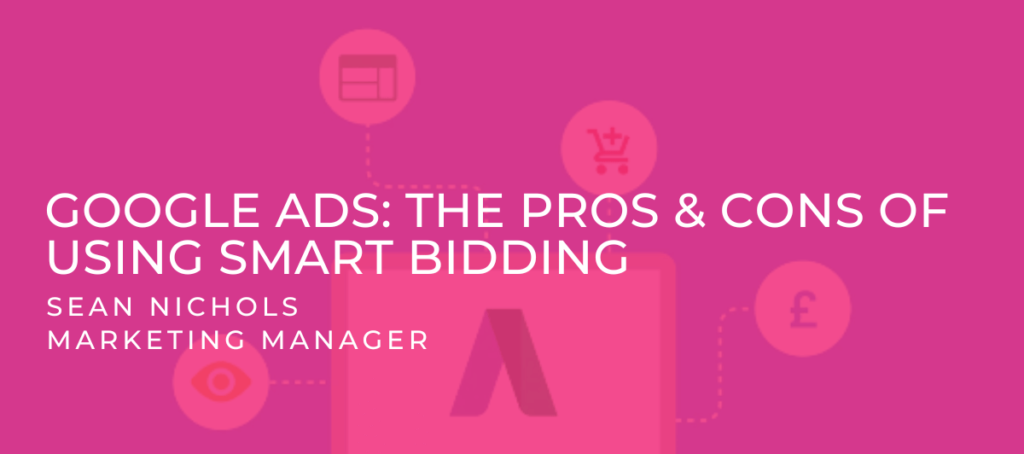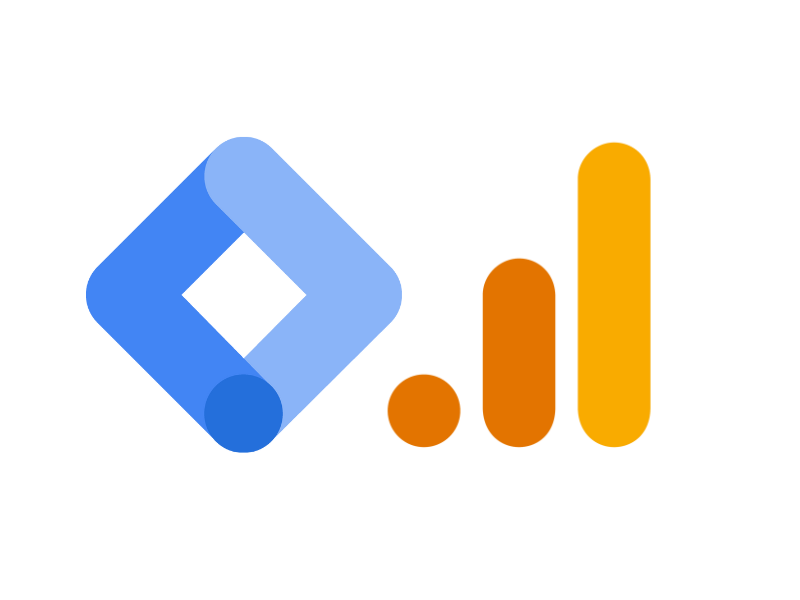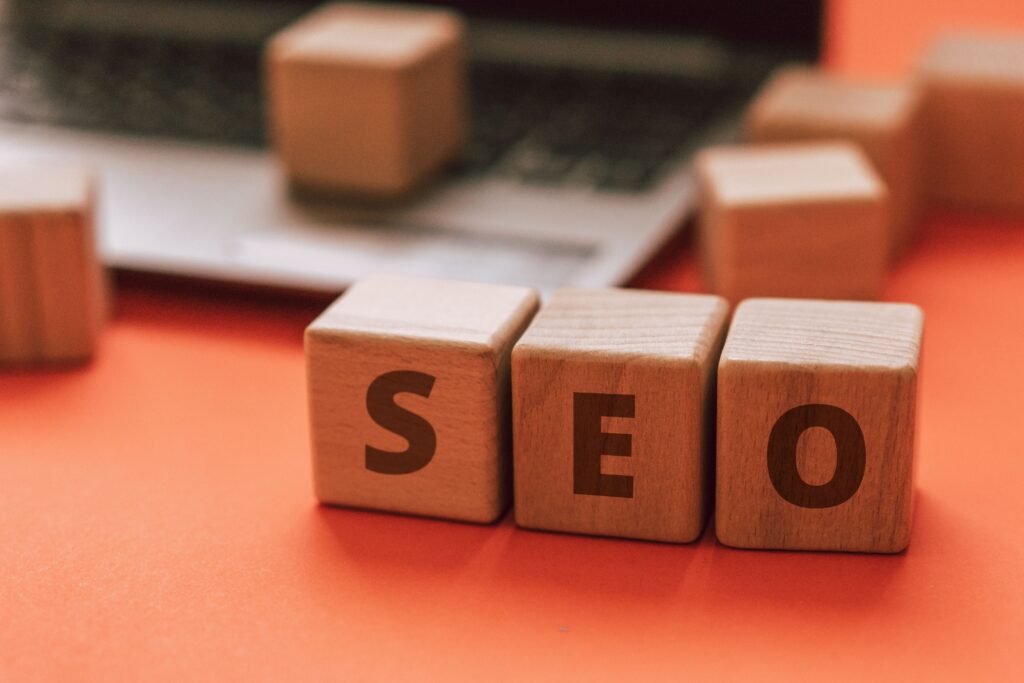Pay Per Click Pros and Cons: Pay Per Click (PPC) enhances immediate visibility and leads generation. However, costs can rapidly escalate, and traffic ceases if the campaign ends.
Choosing the right digital marketing strategy can be a pivotal decision for any business. Pay-per-click advertising stands out as a dynamic tool that allows brands to feature prominently in search engine results and on various websites. This strategy is renowned for its ability to drive quick results by attracting potential customers directly to your offerings.
PPC campaigns can be highly targeted, relying on intricate algorithms to reach the ideal audience based on demographics, interests, and behaviors. Not only does this facilitate precision in advertising, but it also provides invaluable data analytics to measure the success of your campaigns. Despite these advantages, navigating the complexities of PPC requires an understanding of budget management to avoid overspending, along with continuous monitoring to adapt to market trends and maintain efficacy.

Credit: contentatscale.ai
Navigating The Ppc Landscape
Welcome to the dynamic world of pay-per-click (PPC) advertising. A realm where strategy meets opportunity and leads transform into revenue. Businesses large and small leverage PPC for visibility and quick wins. But before diving into the deep end, let’s decode this digital puzzle piece by piece.
PPC Fundamentals And Terminology
Understanding the essentials of PPC is crucial. Here’s a simplified breakdown of key terms every advertiser should know:
- AdWords: Google’s PPC advertising system.
- Bid: What you’re willing to pay per ad click.
- CPC (Cost Per Click): The actual price you pay per click.
- Impressions: Times your ad appears on a screen.
- CTR (Click-Through Rate): The percentage of clicks per number of impressions.
- Quality Score: A Google metric for rating your ads and keywords.
These terms shape the backbone of PPC and help advertisers craft effective campaigns.
How PPC Campaigns Operate In The Digital Realm
In the digital world, PPC campaigns are nimble and adaptable. They unfold in an environment where targeting the right audience is king.
- Advertisers craft ads relevant to their target audience.
- Keywords trigger ad display when users search.
- Ads are then auctioned in real-time for visibility.
- Strong ad copy and relevance win clicks and conversions.
- Data analytics track performance for optimization.
The digital landscape of PPC demands constant attention and refinement. Advertisers who master this stand to gain a significant edge.

Credit: spideraf.com
The Bright Side Of PPC
Pay-per-click (PPC) advertising shines as a cornerstone in the vast landscape of online marketing. This model offers the potential to catapult a brand to the forefront of consumer awareness, driving both sales and engagement. We explore the bright side of PPC and its impact on digital strategies.
Immediate Traffic Boosts
Launching a PPC campaign can deliver instant traffic to a website. Unlike Search Engine Optimization (SEO) which grows over time, PPC offers a quick solution. When a campaign goes live, ads appear immediately in search engine results or on partner websites, generating an influx of visitors.
- Quick market entry
- Increase in potential customers
- Scalable for any business size
The flexibility of PPC campaigns means a business can start small and scale up as it sees positive results, making it ideal for testing new products or markets.
Fine-tuned Targeting Strategies
PPC gives control over who sees an ad. Advertisers can target users based on demographics, interests, location, and more. This ensures ads reach the right audience at the right time.
| Targeting Options | Benefits |
|---|---|
| Keywords | Connect with users as they search |
| Interests | Engage users based on their preferences |
| Location | Reach local customers more effectively |
| Device | Optimize ads for mobile or desktop users |
| Time of Day | Show ads when users are most active |
By honing in on these specifics, a PPC campaign can achieve a higher conversion rate and reduce wasted advertising spend.
Budget Control And Financial Flexibility
In the world of online advertising, Pay Per Click (PPC) stands out for its budget control and financial flexibility. Advertisers love it because they can manage their ad spending with precision. From mom-and-pop shops to global corporations, PPC fits every budget. Let’s dive into the details of setting budget limits and the cost-effectiveness that PPC offers.
Setting Budget Limits
PPC campaigns give you the power to set daily and monthly spending caps. These limits keep spending in check. You won’t overspend: that’s a promise PPC makes. Check out the benefits:
- Custom Budgets: Tailor your ad spend to your financial comfort zone.
- Adjust Anytime: Scale up or scale down your spending based on performance.
- No Surprises: Your budget controls mean you’ll never wake up to a shocking bill.
Cost-effectiveness Of PPC
Performance ties tightly to what you pay in PPC advertising. It’s about getting more for your money. The benefits bring smiles:
- Pay for Clicks: Cash goes only when someone clicks, maximizing ROI.
- Targeted Ads: Show ads to those who matter, reducing wasted coverage.
- Trackable Results: Clear data tells you exactly what’s working and what’s not.
With PPC, small budgets perform alongside big ones. Each click brings a potential customer to your door. That’s the efficiency PPC promises.
Analytical Insights And Performance Tracking
Pay-per-click (PPC) advertising offers detailed analytical insights and performance tracking. Advertisers gain a clear picture of their campaign’s effectiveness in real time. This level of analysis helps in making informed decisions and optimizing strategies for better returns.
Real-time Data Analysis
PPC platforms provide up-to-the-minute data on ad performance. Campaigns can be tweaked instantly based on this information.
- Click-through rates, impressions, and conversions are visible as they happen.
- Responsive adjustments enhance campaign performance.
Measuring Roi With Precision
With PPC, you can track the return on investment (ROI) accurately. Every penny spent is accountable.
| Metrics | Impact |
|---|---|
| Cost Per Click (CPC) | Tracks spending per ad click |
| Conversion Rate | Measures success of ad prompts |
| Cost Per Action (CPA) | Calculates cost for desired actions taken |
Clear metrics guide budget allocation improvements. ROI measurement informs future investment strategies.
PPC Downsides To Consider
While Pay Per Click (PPC) offers instant traffic, not all that glitters is gold. Understanding PPC’s potential pitfalls is crucial. Let’s delve into some of its downsides.
Potential for High Costs
Potential For High Costs
PPC campaigns can drain your budget if not managed carefully. Some keywords come with steep prices. You could end up spending more than planned, especially in competitive industries. Keeping costs in check requires regular monitoring and adjustment. Sometimes, small businesses struggle to keep up. Without a solid strategy, your return on investment could suffer.
- Bidding wars on popular keywords increases costs.
- Clicks do not always lead to conversions, affecting ROI.
- Setting a budget limit is crucial to avoid overspending.
Short-Lived Visibility Without Investment
Short-lived Visibility Without Investment
PPC ads vanish the moment you stop funding them. Unlike organic SEO, which can provide long-term results, PPC offers no lasting presence. If your ad budget runs dry, your visibility does too. This means businesses reliant on PPC must continually invest to stay in the limelight. It’s a continuous cycle that requires regular investment.
| PPC Visibility | Without Investment |
|---|---|
| Immediate traffic generation | No enduring online presence |
| Targeted ad placement | Disappears as funding stops |
Risk Spectrum In PPC Investment
Every investment has its share of risks and rewards, and Pay-per-click (PPC) advertising is no exception. Grasping the risk spectrum in PPC can help you make better decisions. It’s all about knowing how much to bid, where to invest, and how to optimize campaigns to maximize returns while minimizing losses. Let’s delve deeper into the intricacies of PPC investments.
Understanding Bid Adjustments
Bid adjustments are critical in PPC campaigns. They allow advertisers to show their ads more or less frequently based on where, when, and how people search. By understanding bid adjustments, you can influence how your ads compete. It’s important to control spending and target the right audience.
- Time of Day Adjustments: Bid higher during peak business hours.
- Geographical Adjustments: Increase bids in high-performance regions.
- Device Adjustments: Modify bids for mobile, desktop, or tablet users.
Avoiding Common Pitfalls
Smart PPC management can help you sidestep obstacles. Avoiding common pitfalls saves money and improves campaign effectiveness. Let’s highlight some typical mistakes you should evade:
| Mistake | Impact | Solution |
|---|---|---|
| Ignoring Negative Keywords | Wasted budget on irrelevant clicks | Add negative keywords to refine targeting |
| Overlooking Match Types | Poor reach and excess spend | Use the right match types for your goals |
| Not Testing Ad Copy | Lower click-through rates | A/B test different ad versions |
Be vigilant and continuously monitor your PPC activities. Quick detection and correction of these issues keep your campaigns on the path to success. Optimization is key in navigating the risk spectrum in PPC investment.
Search Engine Algorithms And PPC
Understanding how search engine algorithms and PPC (Pay-per-click) intertwine is crucial for online marketing success. The complex algorithms of search engines like Google often seem like a moving target. Yet, they determine how PPC ads get displayed to users, affecting both the cost and effectiveness of campaigns. Let’s delve into the key considerations, weighing the pros and cons of PPC in the midst of ever-changing search engine landscapes.
SEO Vs. PPC: Complementary Or Competing?
Both SEO and PPC aim to drive traffic to your website, yet they engage with search engines differently. SEO focuses on organic growth through content, backlinks, and website optimization. PPC, on the other hand, bypasses the wait for organic growth, offering visibility at a cost for each click. Are they rivals, or do they work better together? Let’s break it down.
- Visibility: PPC guarantees placement, but SEO doesn’t.
- Cost: SEO is cost-effective long-term, and PPC requires continuous investment.
- Control: PPC offers precise targeting options, and SEO outcomes are less predictable.
Combining SEO with PPC can bring synergy. SEO lays the groundwork for credibility and organic reach, while PPC can quickly boost traffic and provide valuable keyword data.
Staying Updated With Search Engine Changes
Search engines often update their algorithms. These changes can significantly impact PPC campaigns. Staying informed is not just important, it’s essential for maintaining successful PPC strategies. But what does this entail?
| Action | Benefit |
|---|---|
| Regularly reading SEO/PPC news | Staying ahead of trends |
| Adjusting bids & keywords | Optimizing ad spend |
| Testing new ad features | Enhancing ad performance |
Adapting to algorithm changes ensures PPC success. Keep learning, testing, and adjusting to keep your campaigns flourishing.
Crafting A Winning PPC Strategy
Crafting a Winning PPC Strategy starts with understanding its core elements. Effective PPC campaigns drive targeted traffic and offer high ROI. The process involves meticulous planning and execution. This article explores key strategies for PPC triumph.
Keyword Selection Wisdom
Choosing the right keywords can make or break a PPC campaign. Use tools like Google’s Keyword Planner for insights. Look for high-search, low-competition keywords. Understand user intent. Aim for a mix of broad, phrase, exact, and negative match types. This diversifies targeting and controls ad spending.
| Match Type | Pros | Cons |
|---|---|---|
| Broad Match | Reaches wide audience | May attract irrelevant clicks |
| Phrase Match | More targeted | Less reach than broad |
| Exact Match | Highly relevant traffic | Narrower audience |
| Negative Match | Excludes unwanted traffic | Can limit reach if overused |
Creating Compelling Ad Copy
Your ad copy needs to capture attention and inspire action. Highlight benefits and unique selling propositions boldly. Use strong calls to action like “Buy Now” or “Sign Up Today”. Keep messaging concise and focused. Tailor copy to match the landing page for consistency.
- Headline: Keep it relevant and urgent.
- Description: Provide clear, benefit-driven details.
- Display URL: Make it readable with keywords.
- CTA: Use action verbs to prompt immediate response.
- Emphasize discounts and limited offers.
- Include numbers or statistics to grab attention.
- Ask questions to engage the user’s curiosity.
Integration With Broader Marketing Goals
When it comes to digital marketing, Pay-per-click (PPC) advertising can be a powerhouse. It’s fast, targeted, and offers tangible results. But to truly shine, PPC must integrate seamlessly with your broader marketing goals. The right strategy ties it to your central business objectives and ensures it plays nicely with other advertising channels.
Aligning PPC with Business Objectives
Every click costs money in PPC campaigns. It must align with your endgame. What are your main aims? More sales, sign-ups, or brand exposure? Let’s ensure every ad dollar spent pushes towards these goals.
- Define clear KPIs: What metrics will measure success?
- Target the right audience: Who needs to see your ads?
- Align ad copy: Does it speak to your business’s value proposition?
Cross-platform Advertising Considerations
Your audience hops from device to device and platform to platform. Your PPC strategy has to keep pace. Ensure your PPC campaigns reflect this behavior for maximum impact.
| Platform | Benefits | Considerations |
|---|---|---|
| Google Ads | Massive reach, flexible bidding | High competition, requires optimization |
| Facebook Ads | Detailed targeting, visual appeal | Ad fatigue needs fresh creative |
| LinkedIn Ads | B2B focus, professional audience | Higher cost per click (CPC) |
Each platform offers unique advantages and challenges. Balance your PPC strategy across these to hit broader goals. Diversify your approach and track cross-platform performance.
Future Of PPC: Evolving Best Practices
The digital marketing landscape is constantly shifting, and Pay-per-click (PPC) strategies are no exception. With innovations emerging rapidly, businesses must adapt to stay ahead. This section explores the evolution of PPC and the best practices that will shape its future.
Emerging Trends In PPC
PPC is transforming, influenced by changing user behaviors and advancements in technology. Here are some key trends:
- Increasing Use of AI: Artificial intelligence is streamlining ad targeting and bidding processes for optimal results.
- Focus on Voice Search: With the rise of virtual assistants, voice search-optimized campaigns are becoming more important.
- Video Ads Gain Traction: Video content delivers engaging user experiences, driving higher click-through rates.
Adapting To New Technologies | Pay Per Click Pros and Cons
Staying current with the latest PPC tools and platforms is crucial. Consider these steps to utilize new technologies:
- Test and learn from machine learning features in ad platforms.
- Implement responsive search ads that adapt to user queries.
- Analyze data with advanced analytics for deeper insights.
Embracing cutting-edge PPC technologies not only enhances ad performance but also offers a competitive edge.
Credit: www.smartsites.com
Frequently Asked Questions for Pay-Per-Click Pros And Cons
What Are The Pros And Cons Of PPC?
PPC advertising provides quick traffic boosts and precise targeting advantages. Yet, it can be costly and requires constant investment for sustained results. Also, competition for keywords can be intense, leading to higher costs.
Is Pay-per-click Worth It?
Pay-per-click can be worth it if targeted effectively, potentially increasing brand exposure and driving sales efficiently. It requires strategic keyword selection and ongoing optimization to ensure a good return on investment.
What Are The Disadvantages Of The Ppc Curve?
The PPC (Production Possibilities Curve) simplifies complexities, assuming only two goods and ignoring resource variability, which may not reflect real-world scenarios. It overlooks externalities and the role of governments in markets.
What Are The Pros And Cons Of Paid Advertising?
Pros of paid advertising include immediate traffic boosts, precise targeting capabilities, and measurable results. Cons entail potentially high costs, the necessity for ongoing investment to maintain visibility, and ad blindness in some audiences.
What Are Pay-Per-Click Advantages?
Pay-per-click (PPC) advertising offers the advantage of instant visibility in search results, precise targeting options, and direct control over budget allocation. These elements contribute to its effectiveness in driving traffic and conversions for businesses eagerly seeking immediate online impact.
Conclusion
Exploring the landscape of digital advertising means considering every angle. Pay-per-click campaigns hold the promise of targeted reach and measurable outcomes, offset by cost considerations and the demand for strategic expertise. As marketers navigate this balance, PPC stands as a potent tool—wielded wisely, it can propel online visibility and drive business growth.
Choose your strategy with care, and the benefits could significantly outweigh the drawbacks.



